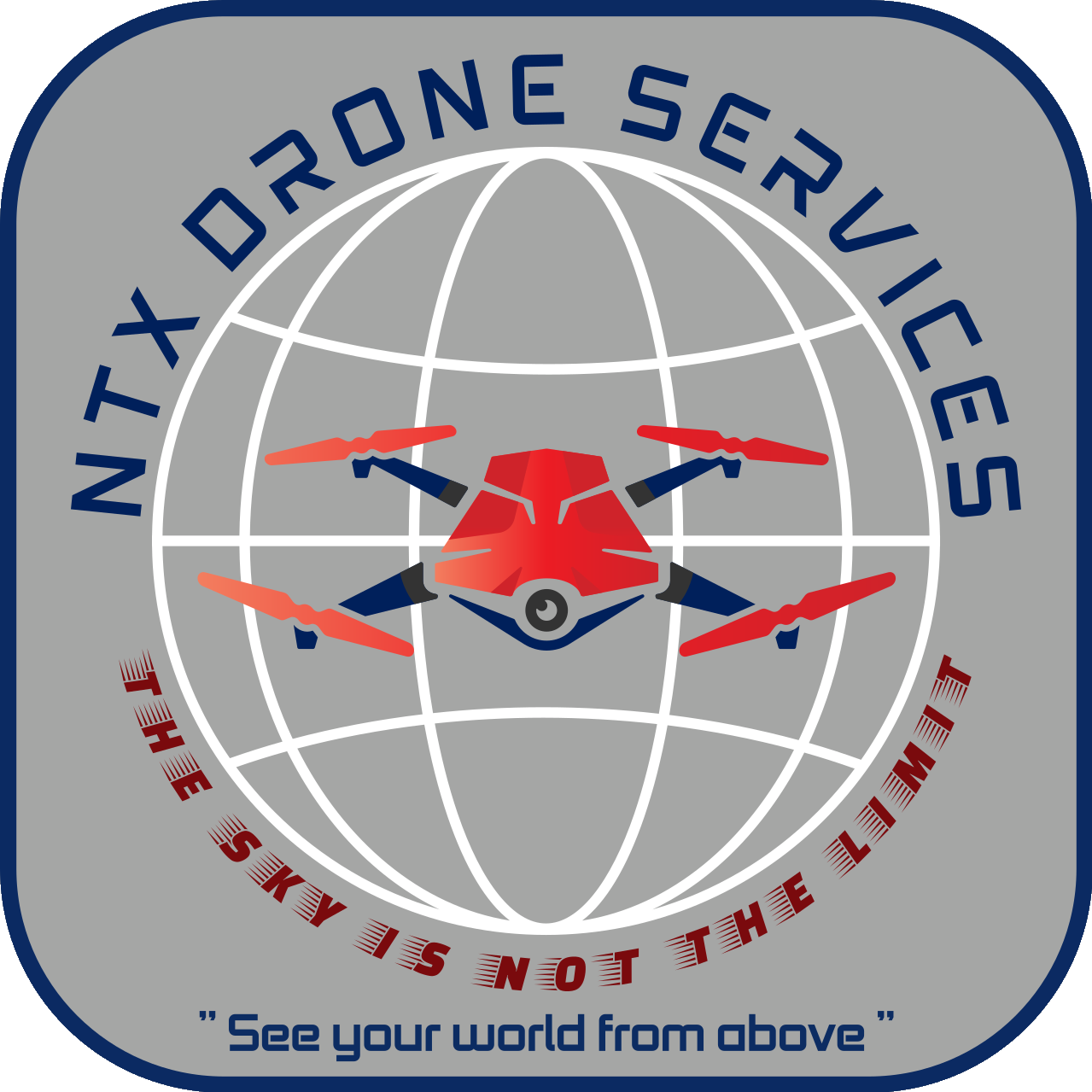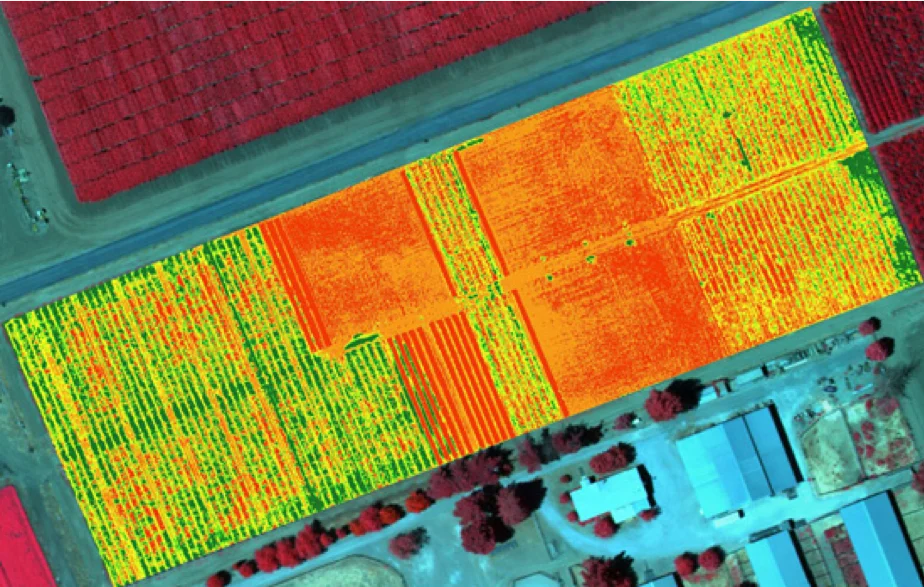How Multispectral Drones Are Revolutionizing Agriculture: From Crops to Livestock
Agriculture is undergoing a data-driven revolution, and at the heart of it is a remarkable tool: the multispectral drone. Equipped with advanced sensors that capture imagery across visible and non-visible wavelengths, these drones are empowering farmers and ranchers with insights once unimaginable.
From monitoring crop health and optimizing fertilizer use to managing pasture conditions and grazing intensity, multispectral drones are reshaping how we grow food and raise animals—more efficiently, sustainably, and profitably.
In this blog post, we’ll explore how multispectral drones work, and walk through real-world use cases in both crop production and livestock management.
🌈 What Are Multispectral Drones?
Multispectral drones are UAVs (unmanned aerial vehicles) equipped with cameras that detect different bands of light—including Red, Green, Blue (RGB), Near-Infrared (NIR), and Red Edge. By measuring how plants reflect light in these bands, drones can identify:
- Plant stress
- Nutrient deficiencies
- Water needs
- Soil variability
- Grazing intensity
This data enables precision agriculture—targeted, efficient management of land and resources.
🌾 Crop Farming Use Cases
📊 1. Crop Health Monitoring with NDVI
Multispectral drones commonly calculate NDVI (Normalized Difference Vegetation Index), which reflects plant vigor by comparing red and NIR light reflectance.
Example:
A Kansas wheat farmer flies a drone biweekly and identifies early-stage drought stress. Timely irrigation prevents yield loss and boosts productivity by 12%.
💧 2. Irrigation Management
Multispectral imagery reveals water stress before visible wilting occurs, helping prioritize irrigation zones.
Example:
A California almond orchard maps water-stressed rows and detects clogged emitters. Targeted repairs improve tree health and water use efficiency.
🌿 3. Fertilizer Optimization
Indices like NDRE help detect nitrogen or phosphorus deficiencies early in the season, allowing variable-rate application.
Example:
A soybean farm in Argentina uses drone imagery to guide precision fertilization, reducing nitrogen use by 18% and increasing yields.
🦠 4. Early Disease and Pest Detection
Pests and diseases alter spectral reflectance before symptoms appear. Drones detect these anomalies fast.
Example:
A rice grower in India detects signs of bacterial leaf blight. Fungicides are applied only in affected areas, reducing chemical use by 40%.
🌱 5. Plant Emergence & Stand Count
Multispectral analysis identifies poor emergence zones early, so farmers can replant in time.
Example:
An Iowa corn farm uses drone data to identify low stand counts in one section, replants the area within days, and avoids yield loss.
🌍 6. Soil Variability & Texture Mapping
Soil reflectance data reveals compaction, moisture retention, and fertility differences.
Example:
A vineyard in South Africa maps zones for custom irrigation and fertilization strategies, improving grape quality and reducing inputs.
🐄 Livestock Grazing Use Cases
Multispectral drones also deliver powerful insights for pasture-based livestock operations, allowing ranchers to assess forage health, grazing pressure, and land recovery rates.
🟢 1. Pasture Health & Biomass Estimation
Multispectral indices estimate vegetative biomass, helping manage rotational grazing.
Example:
A cattle ranch in New Zealand flies weekly drone surveys to monitor regrowth. Grazing schedules are adjusted in real time to avoid overuse and maximize pasture efficiency.
🧭 2. Grazing Pattern Analysis
By comparing imagery before and after grazing cycles, ranchers can determine where livestock spend most of their time and how heavily areas are being grazed.
Example:
An Australian sheep farm combines multispectral drone maps with GPS collar data to fine-tune pasture rotation and fence layout. This balances grazing pressure across fields and improves soil health.
💧 3. Water Stress in Grazing Areas
Drones reveal drought stress or poor regrowth in foraging zones before visible decline occurs.
Example:
A goat farm in Arizona detects stress in forage fields and redirects herds to alternate zones, preserving long-term pasture integrity during the dry season.
🌾 4. Assessing Grazing Impact on Cover Crops
In mixed systems, drones help determine how much biomass is removed and whether cover crop objectives (e.g. erosion control, nitrogen fixing) are being met post-grazing.
Example:
A Midwestern U.S. farm grazes cattle on winter rye cover crops. Drone imagery confirms adequate ground cover remains post-grazing, preserving soil structure and reducing spring erosion risk.
🌐 Bringing It All Together: Smarter, Integrated Agriculture
Whether managing thousands of acres of wheat or rotating cattle through multiple pastures, multispectral drones provide the data backbone needed for smarter decisions.
When integrated with GPS collars, variable-rate application equipment, and farm management software, drone data enables:
- Higher crop yields
- Reduced input costs
- Efficient pasture usage
- Improved animal health and weight gain
- Better environmental stewardship
🚀 Getting Started: Tips for Adoption
If you’re considering bringing multispectral drone technology to your farm or ranch:
- Start with a manageable area or pilot project.
- Use proven platforms (e.g., DJI Mavic 3 Multispectral, Parrot Bluegrass Fields).
- Leverage software for mapping and analytics (e.g., DroneDeploy, Pix4Dfields, Agremo).
- Compare results to your current yield or grazing records to identify improvements.
📣 Final Thoughts
Multispectral drones are changing the game in agriculture—providing a view above the field and beyond human sight. From identifying early crop stress to optimizing grazing patterns, these tools help farmers and ranchers do more with less, while preserving the land for generations to come.
Want to explore drone ROI, implementation strategy, or a sample pasture health report?
Let me know, and I’ll provide a tailored toolkit to support your specific goals—whether you grow, graze, or both.


